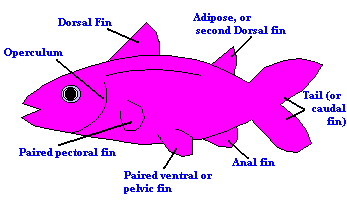
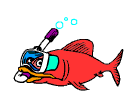 The name osteichthyes means bony fish. These are the common fish you're used to seeing. They are anything but common though. These fish have diversified to fill so many niches. You will find fish as consumers, predators, scavangers and any other niche they can find.
The name osteichthyes means bony fish. These are the common fish you're used to seeing. They are anything but common though. These fish have diversified to fill so many niches. You will find fish as consumers, predators, scavangers and any other niche they can find.
 | Anglerfish: This is a very deep sea fish. What you're looking at is a female. She has a projection above her head which is illuminated at the end. When other fish try to eat the glowing part, they're surprised by being swallowed by this lady. What about the male angler? Since it's so hard to find each other in the depths, he becomes a parasite (of sorts). The male is much smaller and he attaches on to the female. Eventually, he loses eyes and digestive system and is totally dependent on his mate. | List O' Links Your favorite fish missing? Let me know. anchovy angelfish Angler fish barracuda bass bonefish catfish chubsucker coelacanth dolphin eels flounder flyingfish frogfish gar goby grouper grunt kingfish mollies mullet needlefish parrotfish perch pipefish pirhana porcupine fish puffer razorfish sailfish scorpionfish seahorses shad silverside snapper snook spadefish stargazer sturgeon sunfish swordfish swordtails tarpon trout wrasse |
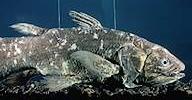 | Coelacanth: One of my favorites because it's a living fossil. Scientists thought they had gone extinct with the dinosaurs, but they were found alive in 1938. They are lobe-finned fish, and lobed fins are a little like legs. It is believed by some scientists that the ancestors of the coelacanth were also the ancestors of all land vertebrates. | |
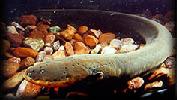 | Electric Eels: Fish which can kill always fascinated me. This one can give a shock from 500-750 volts. Besides that, they're snake-like in shape and kind-of frightening. I enjoy that in a fish. | |
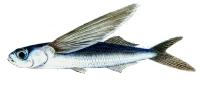 | Flying Fish: If course, flying fish don't actually fly, but they can glide for amazing distances. They have adapted their fins for use above the water, and this is handy to avoid predators. They gain speed under the water and then launch themselves out. They have been clocked at 55 kilometers (about 33 miles) per hour. Woah. Their glides may take them 30-40 meters (120 feet) or so. | |
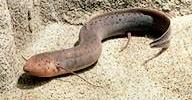 | Lungfish: What scientist isn't a little intrigued by fish which spends time on land? They have a primitive lung which helps them survive. It is converted from the air bladder. They are born with gills, but later the lung develops and they breathe in the air. Although similar to amphibians, they are most definitely fish. |  | Mahi Mahi (Dolphin Fish): I like this fish partially because it has a confusing name. There are mammals called dolphins (actually porpoises), but there are also fish called dolphins. It's less confusing to call them Mahi Mahi. These fish are beautiful and change colors. They can be blue, gold or silver. |
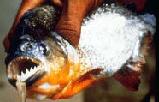 | Pirhanas: These sharp-toothed little carnivores are notorious. They are small, and one pirhana alone couldn't do a whole lot of damage, but they hunt in packs. They can reduce a body to bone in minutes. Mostly, they aren't as vicious as they've been portrayed. They prefer fish and invertebrates to mammals. They take what they can get though. | |
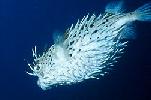 | Balloon Fish and Puffer Fish: I once owned a couple little puffer fish. They aren't spectacular to look at. They're a little bit cute because of their flat faces. Some species have a unique ability when threatened. They puff up to a much larger size. They have another defense as well. They're toxic. Cool, huh? Some people eat puffer fish in a dish called fugu, but it's ALWAYS risky. The poison has to be removed by a master chef, and there have been accidents. | |
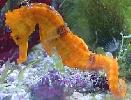 | Sea Horse: These are some of the coolest fish around. They are closely related to the pipe fish. They are harmless, gentle creatures with an unusual shape. They have another unique feature. The female transfers her eggs to a special pouch on the male. It is the male who gives birth to the live young. Seahorses use their tails to hold onto the plants around them. | |
| And this is just the beginning. I haven't even told you about the fish with migrating eyes! Nor have I bored you with stories of the large cutthroat trout or Kokanee salmon I caught. I didn't share my snorkeling experience where I touched tropical fish over a coral reef. There are no swordfish stories either. And I haven't mentioned caviar. Well, I guess there is a lot more to fish than you'd guess! | ||